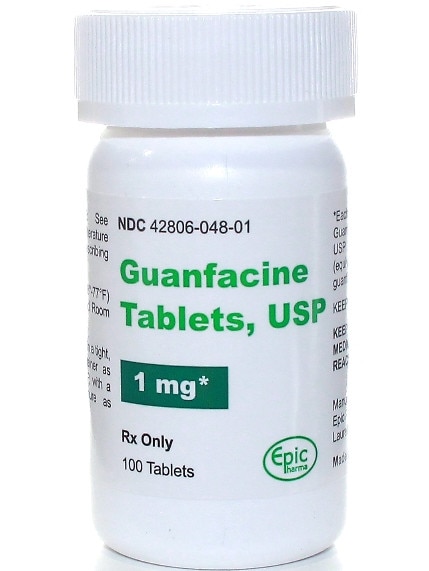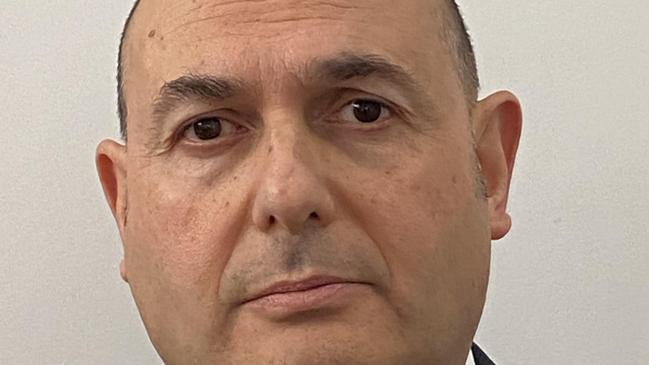Massive rise in accidental ADHD medicine poisonings put Australian kids at risk
Young children at high risk of severe reactions to newer ADHD medications as accidental poisonings soar.

Health
Don't miss out on the headlines from Health. Followed categories will be added to My News.
Exclusive: Young children are at risk of coma and heart problems due to accidental ADHD medicine overdoses, with calls to poisons hotlines nearly doubling in the past five years.
The NSW Poisons Information Centre, which handles half of all calls made around the country, took 10,000 SOS’s about ADHD medications between 2018 and 2022.
That was a 92 per cent overall increase and, alarmingly, one new drug – Guanfacine – saw a 1200 per cent increase in reports in that period.
The other drug that was up – Clonidine – delivered the highest number of reports to the hotline (35 per cent), with a total of 3547 calls but increases in poisonings were seen with all ADHD medicines.


“Clonidine can cause sedation but it can also cause a drop in blood pressure, it can reduce heart rate, and the concern in larger doses is it can cause things like coma and respiratory depression which is life threatening,” Senior Specialist in Poisons Information – Toxicovigilance at NSW Poisons Information Centre Kristy Carter said.
“Sometimes as little as a double dose can cause symptoms which warrant hospital referral, particularly in children.”
Children who overdose on these medications are usually required to be taken straight to hospital for monitoring and sometimes treatment.
In 2021, the Therapeutic Goods Administrator (TGA) issued a warning about Clonidine poisoning and said acute toxicity could occur within 30 minutes and up to three hours after ingestion.
“The risk of poisoning is greater for younger children with low body weight where the low toxic threshold of the drug can be easily exceeded. Significant overdose can occur with ingestion of a single tablet,” the medicines watchdog said.
It comes as the ADHD Foundation revealed medicine shortages had led Aussies to source the drugs on the dark web, with many getting products that weren’t what they expected. This is causing health problems.
“They’ve actually tried the black markets, tried online sites that were unfortunately not particularly credible and they’ve had adverse reactions to what they’ve taken,” he said.
There’s another cohort that can’t access it because they just can’t get appointments with psychiatrists who are the only doctors who can prescribes the medications,” ADHD Foundation director Christopher Ouizeman said.

A study based on calls to the NSW Poisons hotline published in the British Medical Journal found the most common reason for poisoning exposures was accidental ingestion due to exploratory behaviour of children accounting for 94 per cent of calls.
Therapeutic errors by parents (including incorrect dose, incorrect time, incorrect patient and/or incorrect drug) occurred in five per cent of cases.
“It can be things like parents accidentally both giving a dose unaware of the fact that the other parent had just given one, or it can be things like accidentally giving doses to younger siblings when they’re meant to be taking other medications,” Ms Carter said.
“Sometimes younger kids see the tablet on the counter and might access it before the parents have a chance to give it to the older sibling.”
The 1200 per cent increase in calls related to Guanfacine was because it was a new medication that only became available in 2017 and started from a low base.
Over the five year period there were 756 calls related to this one drug.
Prescribing of the newer more toxic drugs is surging according to the federal government’s drug utilisation subcommittee.
Prescriptions issued for all ADHD medications grew from 806,835 in 2013 to 1,947,726 in 2020.
Of the 255,208 people using ADHD medicines in 2020 5,450 were under the age of 6, and 106,066 were aged 6-12.
In 2020 there were 201,200 scripts for Guanfacine.

Professor Natalie Silove, neurodevelopmental Paediatrician at the Sydney Children’s Hospital, said taking extra doses of an amphetamine or Ritalin was safer than medications like Guanfacine and Clonidine.
“Because there’s a very big margin in the therapeutic dose and where you might get toxic,” she said.
HOW TO AVOID OVERDOSING CHILDREN
b Write down or mark off a dose on a chart so both parents know a child has had their medication
b Have a clear routine about when to give the medication, perhaps when they brush their teeth
b Clearly label medicines and store them in their original container
b Store them safely out of reach of children
b Consider using blister packs, especially in blended families where children move across two households
b For any medication errors, call 1311 26
More Coverage
Originally published as Massive rise in accidental ADHD medicine poisonings put Australian kids at risk





